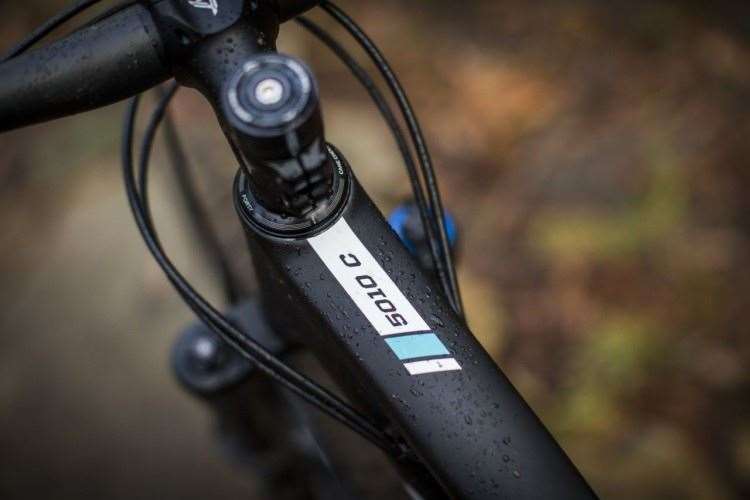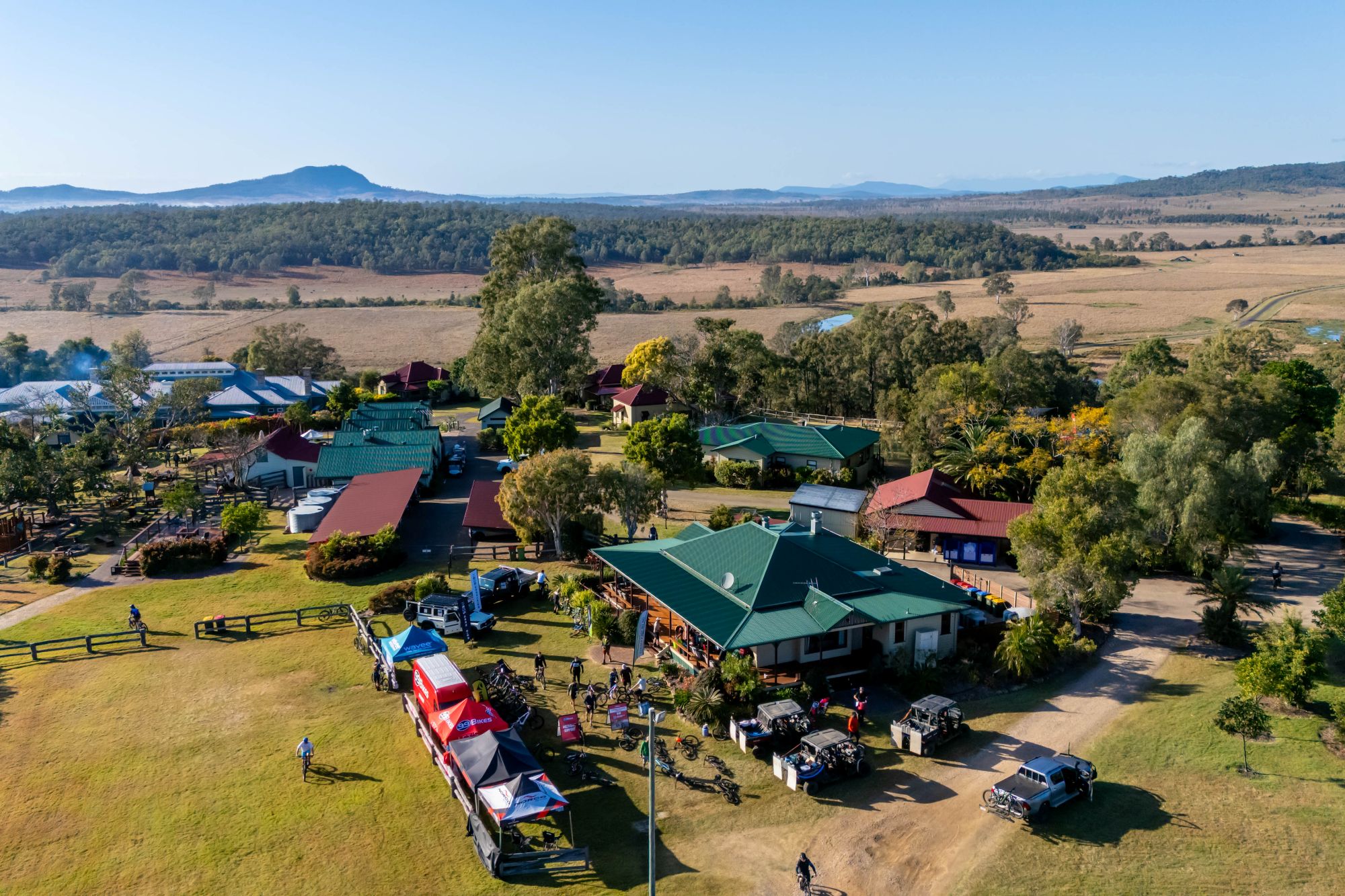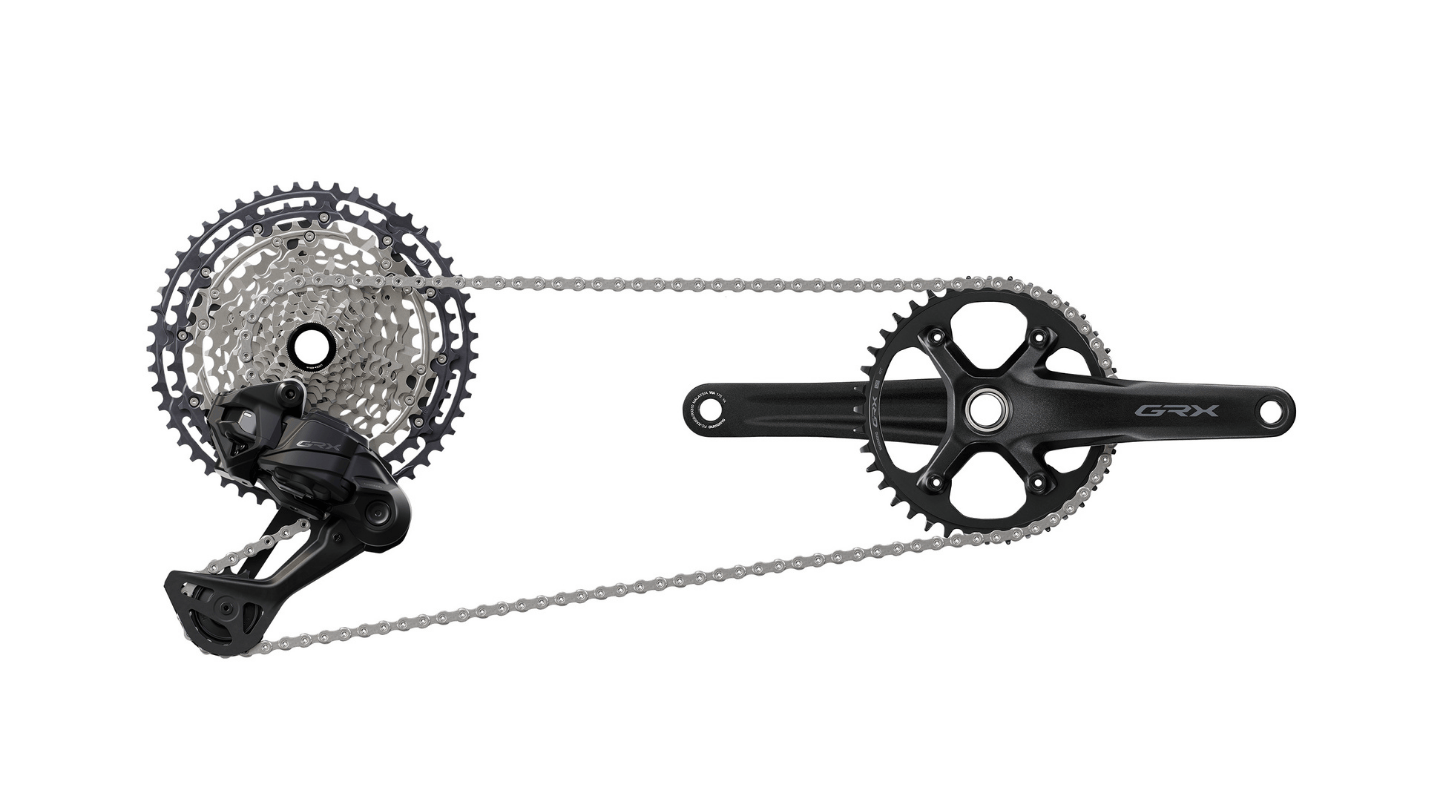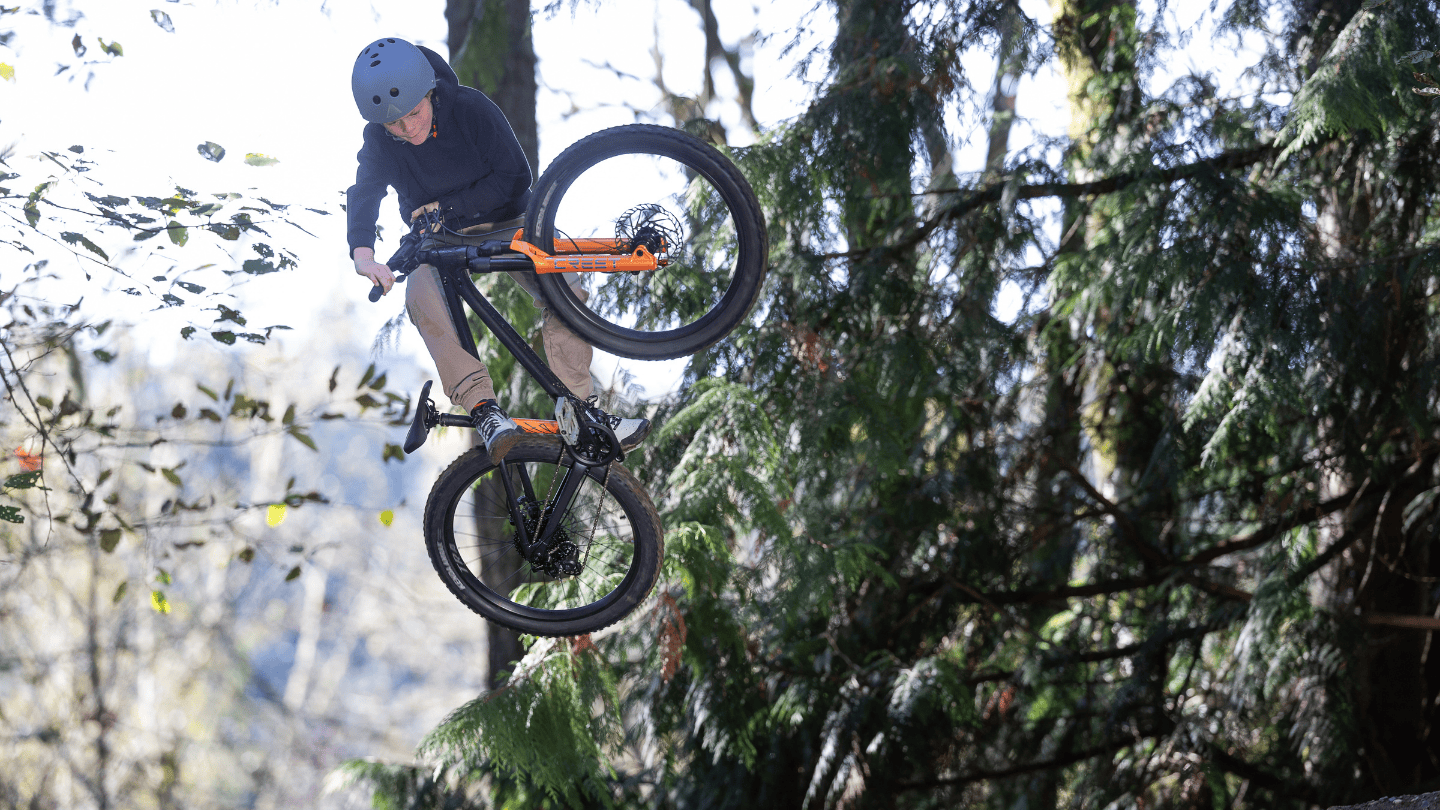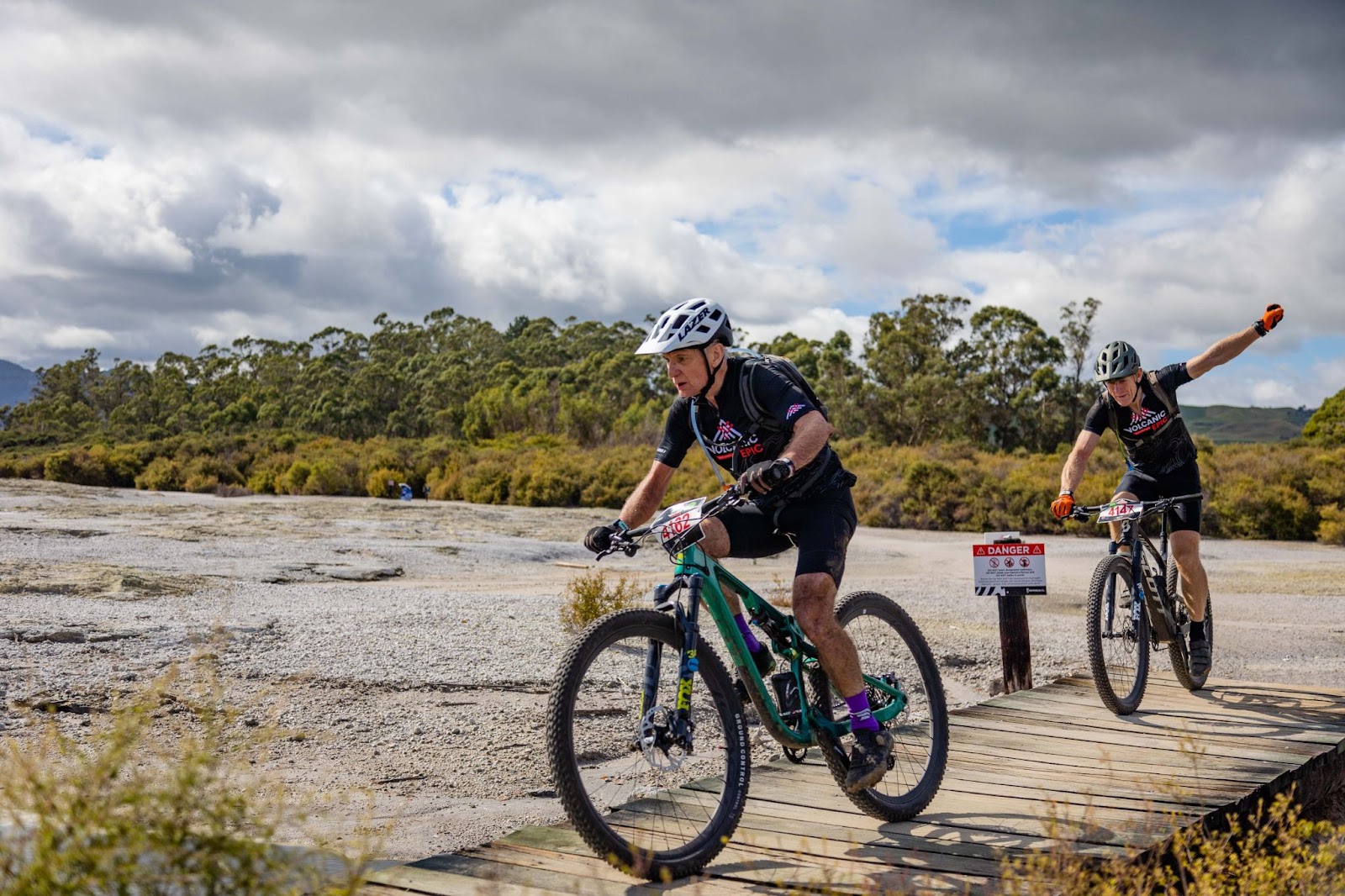Santa Cruz 5010 C - Our new long term test bike
We've got the Santa Cruz 5010 C as a long term test bike - so we took a closer look at some of the parts that make it shine.
The Santa Cruz 5010 C arrived at AMB HQ a few weeks ago now. It’s black, bouncy – and badass. With 125mm of travel and a 130mm Pike fitted, it’s capable of being an ideal mountain bike. Not one targeted at XCO racing, or Downhill racing, but something for everything in-between.
Our 5010 C is a little bit of an interesting bike – we had Summit Cycles in Maroubra actually get it all built up. They noticed that although the sticker and build kit says ‘C’ it’s a CC mainframe and swingarm, which uses a higher grade carbon fibre. No wonder it looks so good and rides so well!
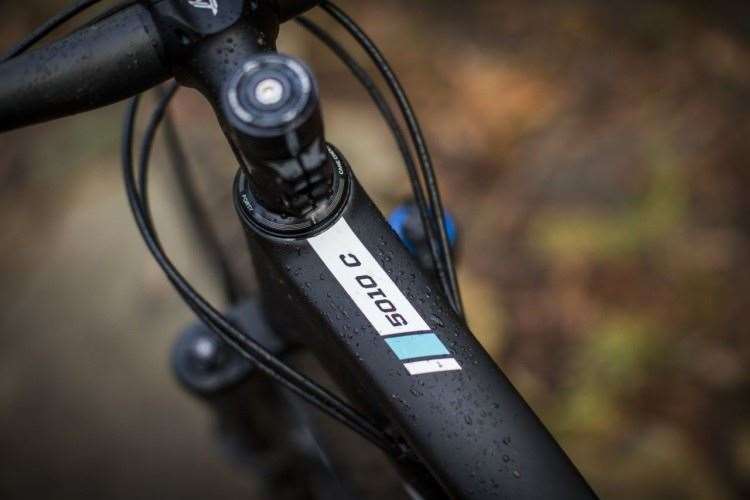 What’s in a name? This frame is actually the CC.
What’s in a name? This frame is actually the CC.The bike came just in time for Issue 148, but there wasn’t really enough time to get the hours in for a full review. Which is fine, we’ll have this bike for a few more months.
What is great about this bike is not just the capability of the suspension, but its efficiency. The VPP design helps isolate pedalling forces, but keeps the rear wheel pushing into the ground (for traction, which is what you’re after) and ramps up again towards the end of the travel after a really smooth mid stroke. What’s this mean? it means that even in the Trail setting on the Fox CTD shock the 5010 pedals really well, but the suspension feels almost bottomless. The Climb and Descend setting aren’t getting used a whole lot, except for extended rough descents or riding to or home from the trails. It’s nice to just ride sometimes.
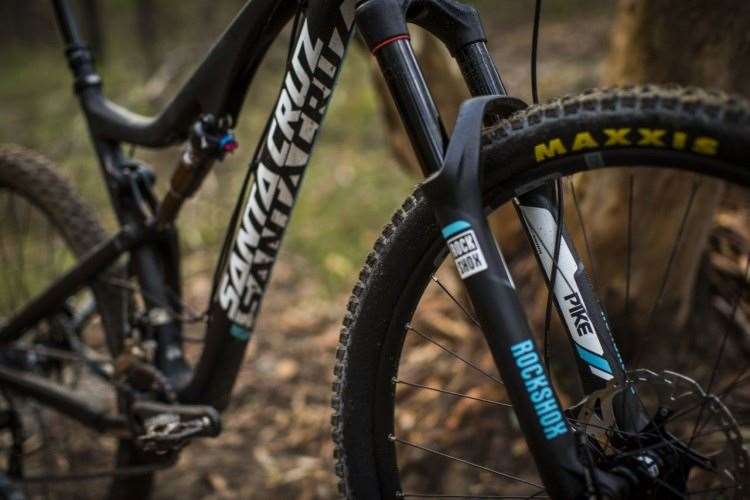
If the frame and suspension components make up the heart and soul of a bike, then surely the wheels create character. A bike can be broughbt to life with the right wheels – ones that suit the rider, the bike, and how they want to ride. While we might lust after some sweet carbon rimmed wheels – they might not be the best fit for everyone.
It would be easy to look over the wheels – we pretty much did in the latest issue due to constraints on having enough pages! But it’s worth taking a closer look at them. The hubs are the DT Swiss 350. Sure, not Swiss made, but the seals and engagement are top notch. Never underestimate how important a good set of hubs is for your wheels. The costs to change them are very high, when you consider new spokes and labour. Always look for axle compatibility (although the Boost standard changes this a lot) easy bearing servicing, and a good engagement system for the rear hub.

The rims on the 5010 C are the WTB TCS i23 rim. That means it’s tubeless compatible, and they have an internal rim width of 23mm. The spoke bed is also offset, to reduce the dish for the front hub where it allows for the disc calliper, and also on the back end for the free hub. A more equal amount of dish (the angle the spokes go from the rim to the hub) creates a more evenly tensioned wheel. Not all brands do it, but some rim manufacturers have been doing it since about 2000. The Dt Swiss Champion spokes and brass nipples keep it all together.
So far the wheels are spinning round and true. The 23mm internal width is a sign that manufacturers are looking at rim widths and understanding that wider is better. Bear in mind that road rims are now often 23mm, for a 23-25mm tyre. Their internal width is less, but we’re still looking at a 1:1.1 ratio of rim to tyre width. So why are MTB rims closer to 1:2? Look at a cars wheels, or a motorbikes – again the rim and tyre width are closely matched. I think there’s scope for MTB rims to get a lot wider very soon. I’ve been riding 30mm rims on my XC bike for a year and would consider going wider, but not narrower, for the benefits of sidewall support and less tyre squirm at lower tyre pressure.
All that said, the High Roller 2 and Ardent didn’t burp, even at about 22-23psi. It’s a really solid set of trail wheels. The build is stiff, and the rims are holding up well. It’s obviously worth remembering that this is a trail bike – not some enduro race machine – but it’s hard to not point out what a good set of wheels this is, even if they’re not carbon rimmed. They tick all the boxes in terms of hub quality, rim functionality, and build quality. Don’t forget that a wheel like this is likely to add a degree of comfort to a trail bike you’ll be on all day. Sure, a really stiff wheel will feel great… but that can get lost on long days in the saddle. A stiff wheel also transmits all the small bumps, which your tyre pressure or shock tune might not dampen out. In time, we’d like to get a set of carbon rimmed wheels on this bike – but not because these ones are bad, but just to see how the frame and suspension act with a lighter and stiffer wheel set – to see how the character changes.
For more details on Santa Cruz bikes, get in touch with Lusty Industries.

